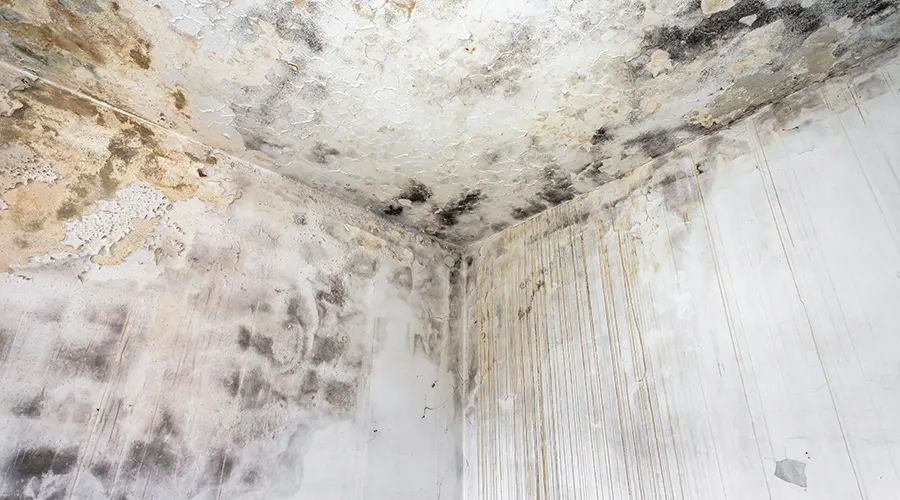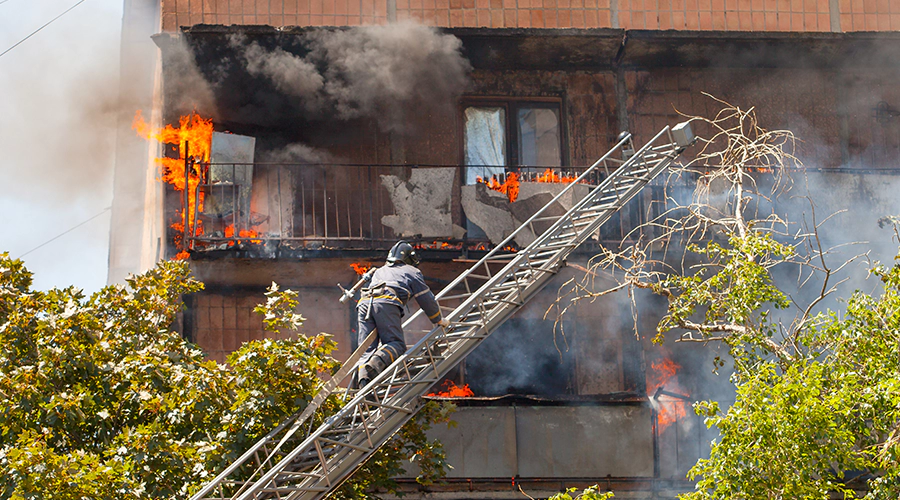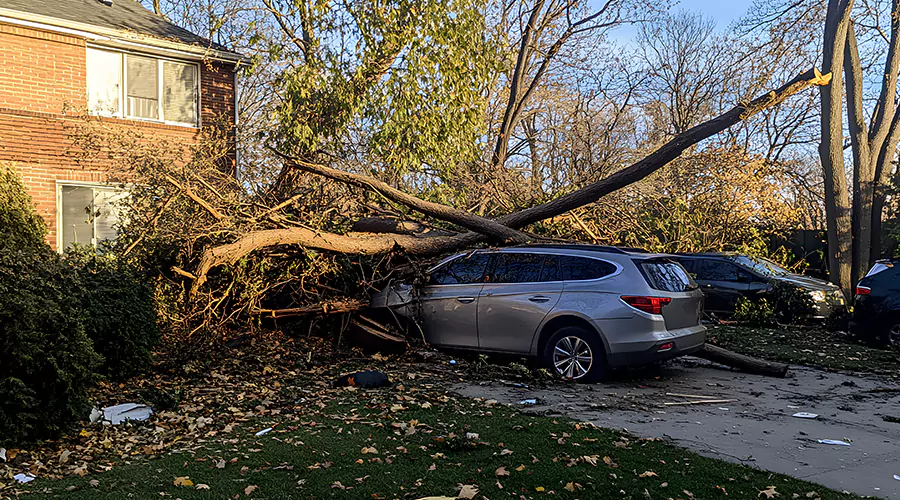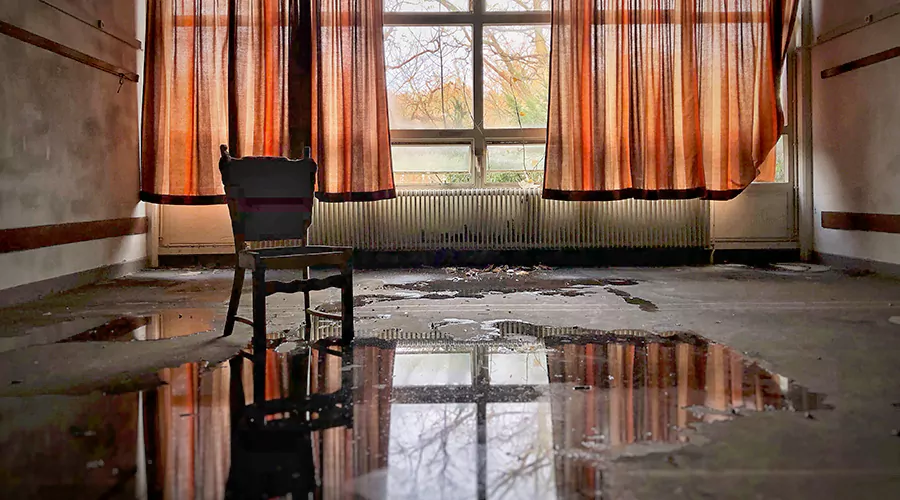Mold removal is the action of removing mold from an indoor environment to achieve the necessary safe standards. Mold removal involves identifying mold in a structure and eradicating it with the aim of ensuring people live or work in a healthy environment. Mold is a health concern to the occupants and structurally detrimental to the building if not well dealt with. Remediation comprises the isolation of the source of moisture causing mold and removal and elimination of the mold-affected materials, washing of surfaces and air management. Large-scale or localised mold problems and areas that are hard to reach may require professional mold remediation firms. Measures aimed at maintaining clean and proper conditions of the house may help avoid new growth of molds in future.
Causes and Risks of Mold Growth
Mold begins to grow when mold spores in the environment find a suitable surface on which to start developing, a surface that is often wet or has a supply of moisture. Indoor mold development may be caused by high humidity, water seepage, flood, or inadequate ventilation. The accumulation of molds is also dangerous since it negatively affects health, particularly to hypersensitive individuals, asthmatics and individuals with immune invalidation. Breathing in mold and inhaling mold spores can lead to skin reactions and infections, respiratory disorders, headaches and fatigue. Moreover, long-term exposure to such molds as black mold causes other more severe health effects. It is also critical to eliminate the causative agent of mold growth, since water is the root cause before it leads to further spread that poses health risks to building users.
Assessment and Planning for Mold Remediation
Mold remediation requires assessment and planning to define the scope of mold problem and to establish how it can be fixed. The initial evaluation process aims to establish the large part of the mold and the source of the moisture. Some of these would consist of actual observations, a number of assessments, and air tests for the kinds of molds and molds spores in the area. According to the assessment, remedial strategies can be recommended, which will include: the scope of work and containment method, PPE, abatement methods, and post-remediation testing. Other important concerns could also be the issue of health and safety features, such as which precautions will have to be taken when it comes to mold, and whether occupants of the building will need to be relocated temporarily in the course of the remediation. As with any industry, planning and evaluation has the potential to guarantee safe and efficient mold removal.
Containment Strategies to Prevent Cross-Contamination
Preventive measures are critical in order not to spread the spread of mold throughout the area undergoing Mold Remediation. Mold development becomes a problem because once they are touched or moved, they release spores into the air that may pass through the different sections of the building, possibly leading to more mold formation. Mold control techniques include using barriers of polythene paste, sealing items with water-resistant polyethylene tape, and creating an enclosed negative pressure system for containing the mold fungi. It may require employing air cleaner devices such as HEPA filters to collect mold spores that are airborne. Employees should also use protectors such as gloves, masks, respirators and eye protection against mold development. There are ways to prevent cross-contamination from taking place and the manner in which mold remediation is done when necessary so that it will not have an adverse effect on health.
Personal Protective Equipment (PPE) and Safety Precautions
PPE when performing mold removal, proper working conditions, and safety measures to shield employees from mold and other related risks. The types of PPEs worn may consist of gloves, a respirator, goggles, or a suit. Others are social measures such as hand washing and cleaning of tools and refraining from taking food and beverages to the workplace. Besides, it is helpful to control the spread of mold to other parts of the building or to the occupants, apart from protecting the workers. The best practices for safety will reduce the chances of mold exposure and will also enable effective mold remediation.
Mold Removal Techniques and Best Practices
Mold removal tips and recommendations deal with the proper manner and way of eradicating mold in a certain area. Some of these may vary depending on the particular type of mold present, as well as the level of contamination. Traditional means focus on eliminating moderating surfaces like drywalls, carpets and other structures while the surfaces are wiped and washed using different chemicals. Cross-contamination from the moldy materials should be avoided. Therefore, the mold-infested material should be disposed of as required. Some of these measures are proper containment, personal protective, and other safety measures. However, fighting the cause of moisture that leads to mold is particularly mandatory, hence avoiding further invasions. This paper will present an analysis of the proper way and comprehensive guidelines that can be used to perform mold remediation safely.

Disposal of Mold-Infected Materials
The removal of items that are affected by mold is considered a key step in the mold removal process. Such items could be drywalls, carpets, insulation, and all other materials that cannot be satisfactorily washed or fumigated. Disposal procedures include packing the materials in polythene bags to reduce spore dispersal and disposal in an appropriate landfill site or an incineration plant. Discarding items with mold within a region is always a legal requirement. It is also important to wash any furniture, clothes or other items which has been exposed to contaminated mold and it is also important to wash any surface or tool which may have made contact with the mold. Disposal of those materials with signs of mold is very important in halting further mold growth and also ensuring the health of the occupants.
Cleaning and Disinfection of Mold-Contaminated Surfaces
Remediation also involves the cleaning and disinfecting of such areas or any other surface affected by mold formations. It includes wiping with Water and cleaning products visible mold and moldy surfaces, including hard surfaces, with a scrubbing brush and vacuuming affected areas with a filter that has HEPA filter. Disinfection is characterised by using solutions that can kill other mold spores that can still grow in the future. All surfaces should be made as dry as possible because moisture begets mold, thus hampering its eradication. Some practices used are wearing personal protective clothes, using protective gear and avoiding washing with bleach which is dangerous and doesn’t help. When it comes to the remediation of mold-populated zones, it is important to adhere to different critical measures in cleaning and disinfection moldy surfaces to remove mold.
Air Quality Management and Filtration
A significant and important part of the mold remediation process is the control and containment of air quality. When mold is dirty or touched, then the spores are dispersed into the surroundings and spread to the other parts of the building or further mold growth. HVAC systems should also be equipped with air filters, including HEPA type, which can capture the mold spores suspended in air and prevent further proliferation. The air pressure must be negative in the area affected due to mold for it inhibits contamination of other areas by mold spores. Measures also embrace eradicating the root cause of moisture that leads to mold formation and provision of adequate ventilation to deter mold formation in the future. Mold remediation can also be done safely and effectively if the right management and control of the quality of air are followed.
Post-Remediation Verification and Testing
After treatment and its completion, the mold test forms a vital aspect of the mold remediation process. Mold remediation should be followed by confirming that mold in the affected area has been eradicated and it is free from mold. It may therefore require some form of visual assessment, air sample analysis, surface swabs, or samples to determine the presence of mold. Verification and testing can confirm that the remediation job is successful and that the building can be occupied. The service of a competent mold remediation expert should be hired to evaluate the degree of contamination and conduct post-remediation inspection and testing to ensure the building is safe from mold.
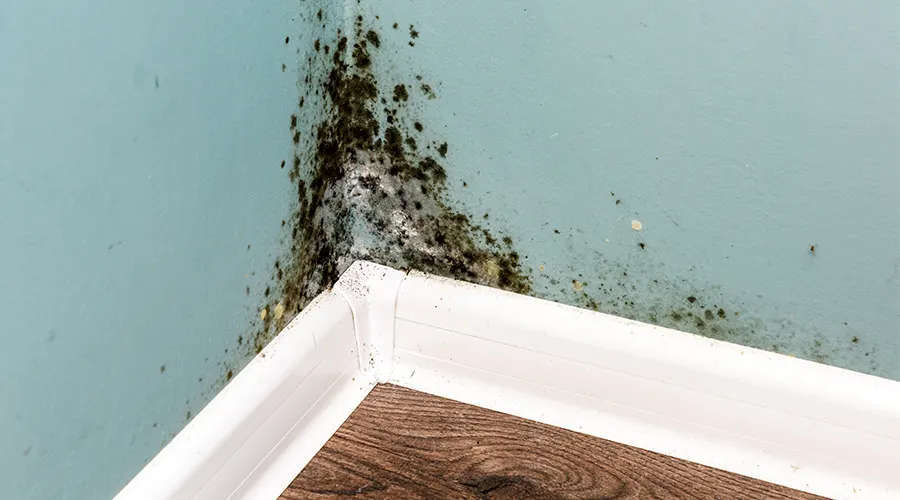
Prevention and Maintenance Strategies to Prevent Future Mold Growth
One should make sure to avoid further development of mold in his or her home by following preventive and preventive measures. Such strategies include eradicating the source of moisture that causes mold growth, adequate floor and wall air circulation, and general hygiene and cleaning measures. Any case of Water Damage or leakage requires immediate attention to prevent the creation of mold growth surfaces. Furthermore, measures like frequent cleaning, proper use of vacuum cleaners with HEPA filters, and use of mold-proof materials can reduce the chance of infestations in the future. Ventilation is also important; for instance, using exhaust fans, especially in the bathroom and kitchen areas, in order to decrease the formation of dampness and mold. That is why various prevention and maintenance measures should be taken to maintain an indoor space properly while avoiding mold regrows in the future.
Professional Mold Remediation Services
Mold development within a building requires the use of professional mold remediation services for the removal of the mold. Mold remediation process can be best left in the hands of professionals from mold remediation companies. They have adequate skills, equipment and experience to do the job properly and safely. They have policies and protocols for assessment, planning, containment, cleaning, disinfection, air quality, post-remediation verification and testing astride industry standards. Hire professional services also include removing other mold-infected material and measures for avoiding formation or maintaining a mold-free building. Consulting a mold remediation specialist to work on the project would mean the remediation process will be done correctly and the construction is habitable.


